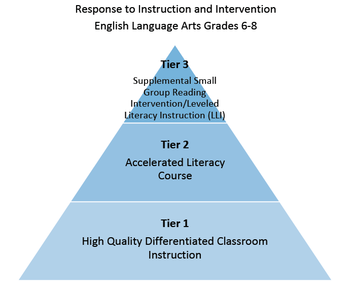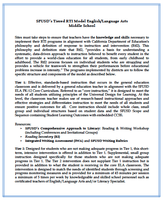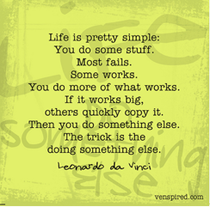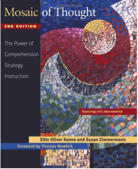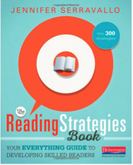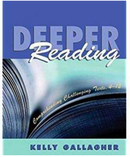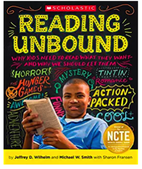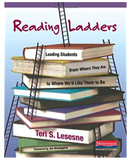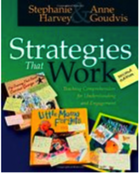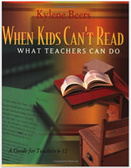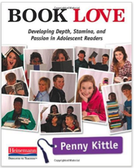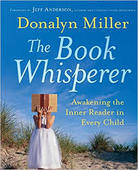Middle School Response to Intervention (RTI)

Some people grumble because roses have thorns; I am thankful that the thorns have roses. – Jean-Baptiste Alphonse Karr, French critic
Sites must take appropriate steps to ensure that teachers have the knowledge and skills necessary to implement their RtI programs and that such programs are implemented in a way that is consistent with the specific structure and components of the model.
Learn more about SFUSD’s English Language Arts Tiered RTI Model for Middle School
Sites must take appropriate steps to ensure that teachers have the knowledge and skills necessary to implement their RtI programs and that such programs are implemented in a way that is consistent with the specific structure and components of the model.
Learn more about SFUSD’s English Language Arts Tiered RTI Model for Middle School
|
Accelerated Literacy Course
|
Books for Secondary Teachers on Teaching Students to Read
Additional Recommended Reading:

